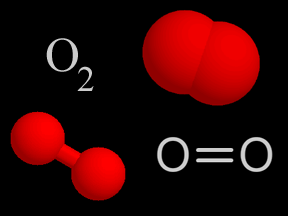Ocean Dead Zones
Oceanographers are using robotic undersea "gliders" to study "dead zones" in the seas. Agricultural runoff, carried to the ocean by rivers, can cause plankton blooms which lower oxygen levels in the water. Lacking oxygen, many marine creatures die. Climate change may influence the frequency and extent of these blooms.
Right-click (Windows) or Option-click (Mac) here to download a copy of this video in QuickTime format.
You might also be interested in:

Plants need nitrogen to grow. Plants get the nitrogen they need from the soil. In an effort to grow more crops, people have been making nitrogen fertilizers and adding them to crops. This has been very
...more
Have you heard about rivers, lakes, or streams becoming polluted? Sometimes the pollution is from trash or from dangerous things spilled into the water. However, sometimes the source of water pollution
...more
Oxygen (O2) is a kind of gas. A lot of the air you breathe is oxygen. That's a good thing, since we need oxygen to stay alive! About 4/5ths of the air in Earth's atmosphere is nitrogen (N2). Almost all
...more
Have you ever taken your temperature to see if you are getting sick? Scientists have been taking the Earth's temperature and have found that it is getting warmer. During the past 100 years, the Earth's
...more
Many educators are now finding opportunities to teach about Earth's climate and climate change in their classrooms. Windows to the Universe provides an interlinked learning ecosystem to a wealth of resources
...more
Altocumulus clouds are part of the Middle Cloud group. They are grayish-white with one part of the cloud darker than the other. Altocumulus clouds usually form in groups. Altocumulus clouds are about
...more
Altostratus clouds belong to the Middle Cloud group. An altostratus cloud usually covers the whole sky. The cloud looks gray or blue-gray. The sun or moon may shine through an altostratus cloud, but will
...more














